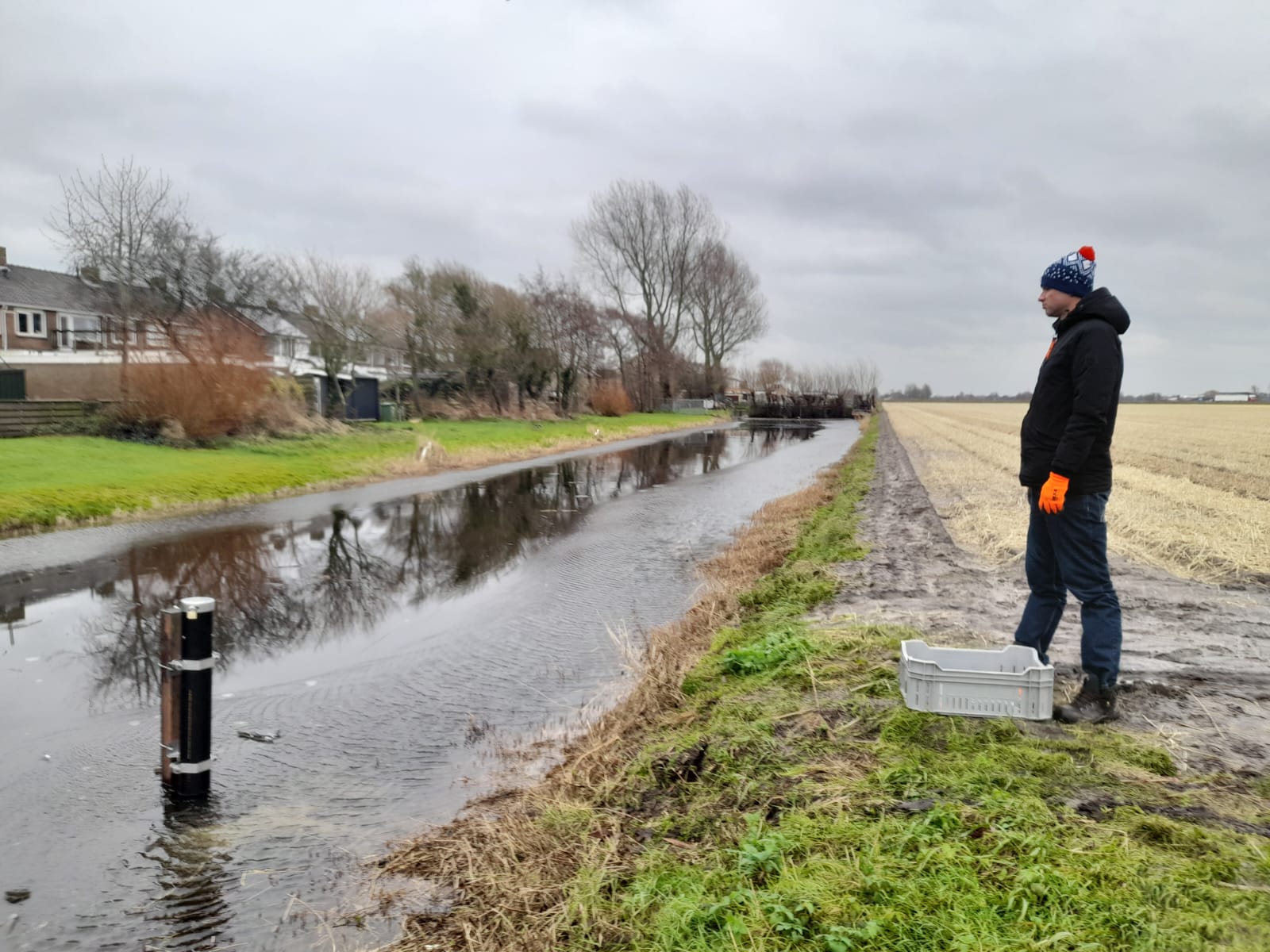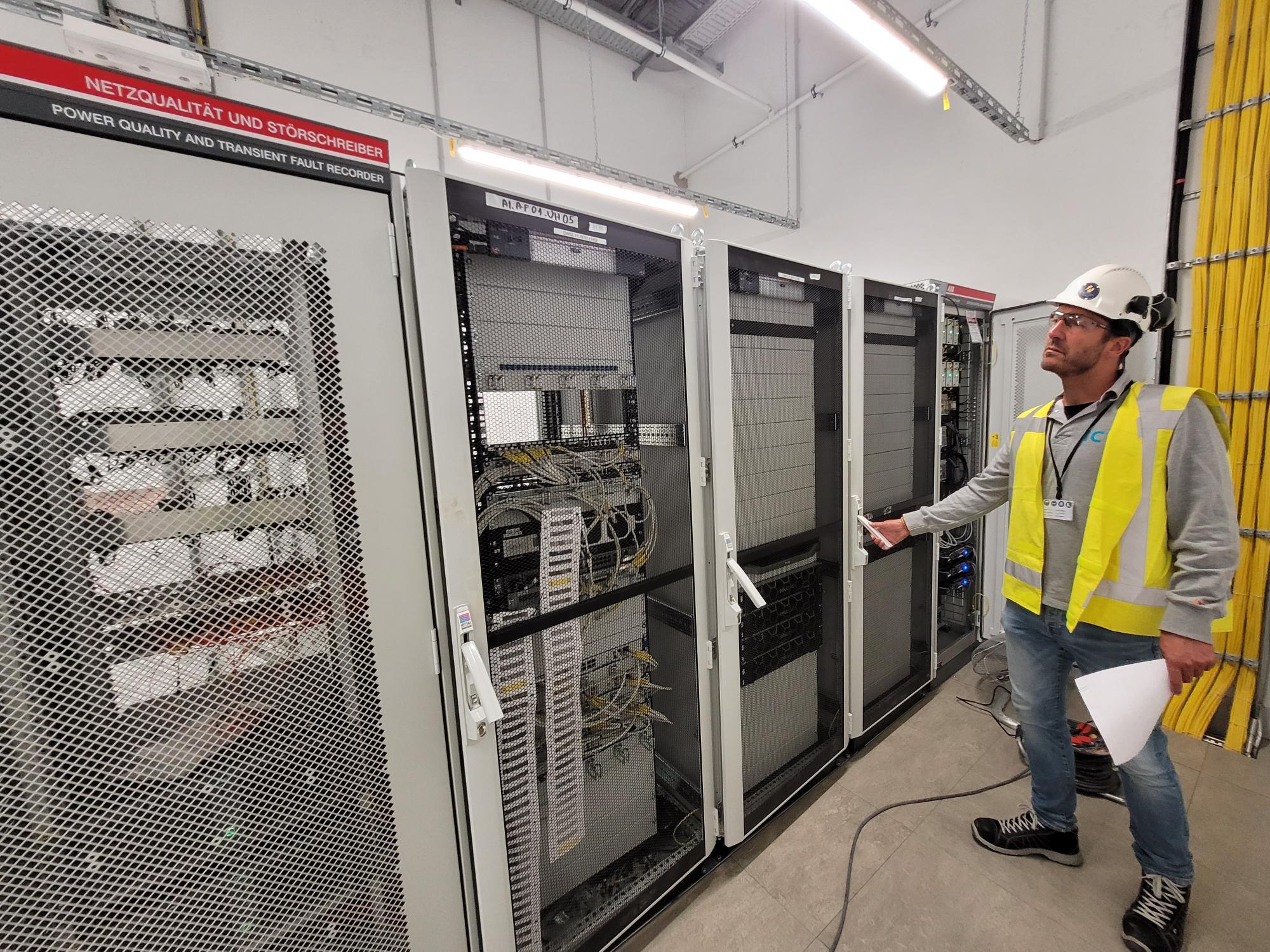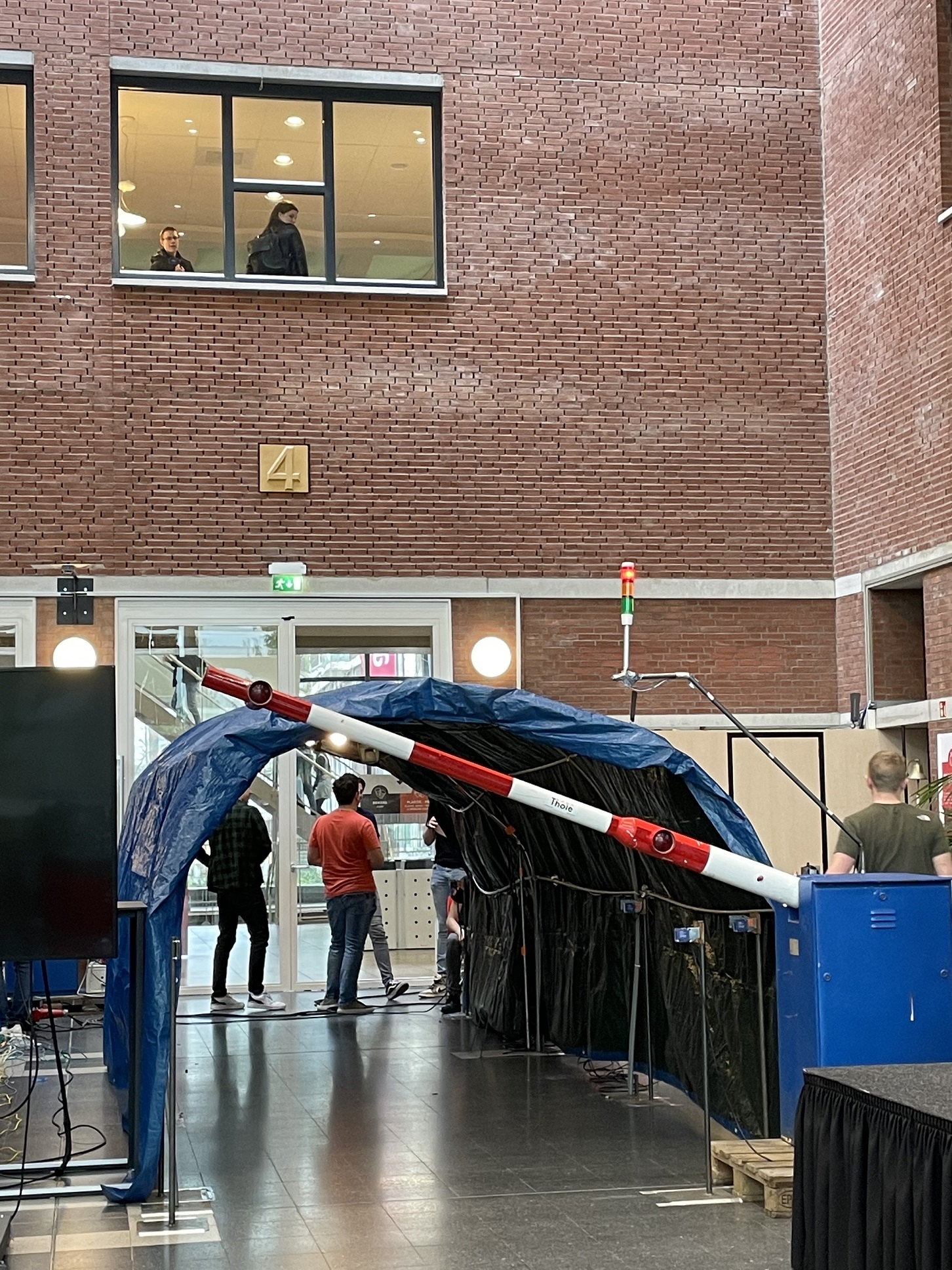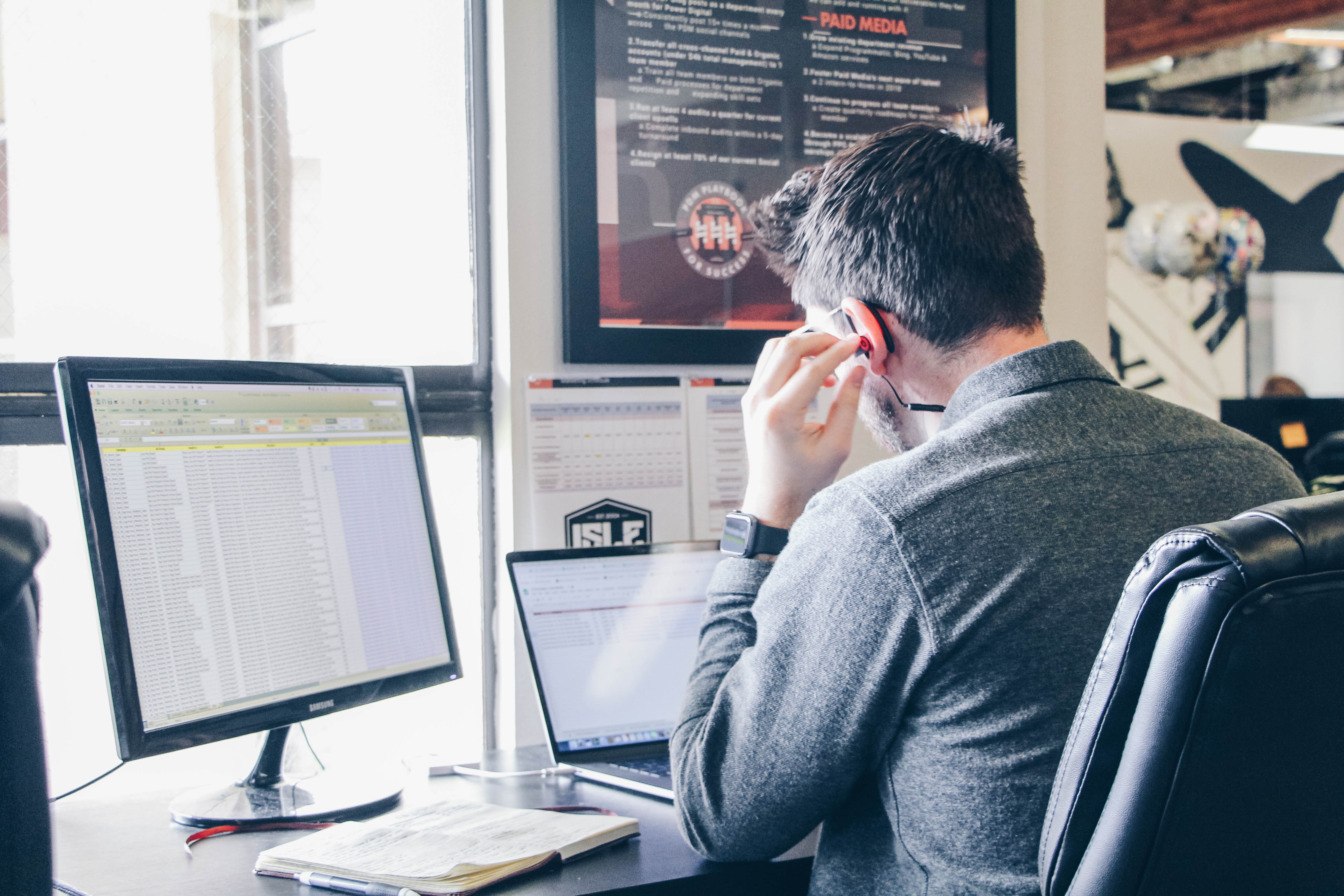
“You used to design the operation of one, single bridge, pump or lock with a small team. For example, if there were 250 pumping stations in an area, you installed the software 250 times. Today, the rollout is much easier, because it is almost completely automated. However, the complexity on the design side is many times higher. Everything is connected to everything: there are dozens of interfaces to other systems, assets can be operated remotely and security has become top priority. This means that we work together in much larger, multifunctional teams and also frequently call on expertise from other business units within ICT. It’s an incredibly dynamic world.”
ICT Water & Infra provides ICT solutions for systems that keep the Netherlands safe, dry and accessible. Climate change is driving the challenges in this area. Moreover, these challenges are different in every area, says Remco. As a result, you can sometimes build on existing systems, but you can never copy one-on-one. He gives an example: “Ten years ago, we re-automated all the pumping stations of the Delfland water board. We did things in that project that had never been done before. One of them was linking GIS to SCADA so that you can immediately see what the status of the polder is. The architecture designed at the time is still state-of-the-art. In fact, we are doing a similar replacement process at the Hollandse Delta water board. But despite the fact that we can re-use that architecture, we have to re-invent everything.”
You do much more than programming at Water & Infra. So you really make the translation from the real world to technology.
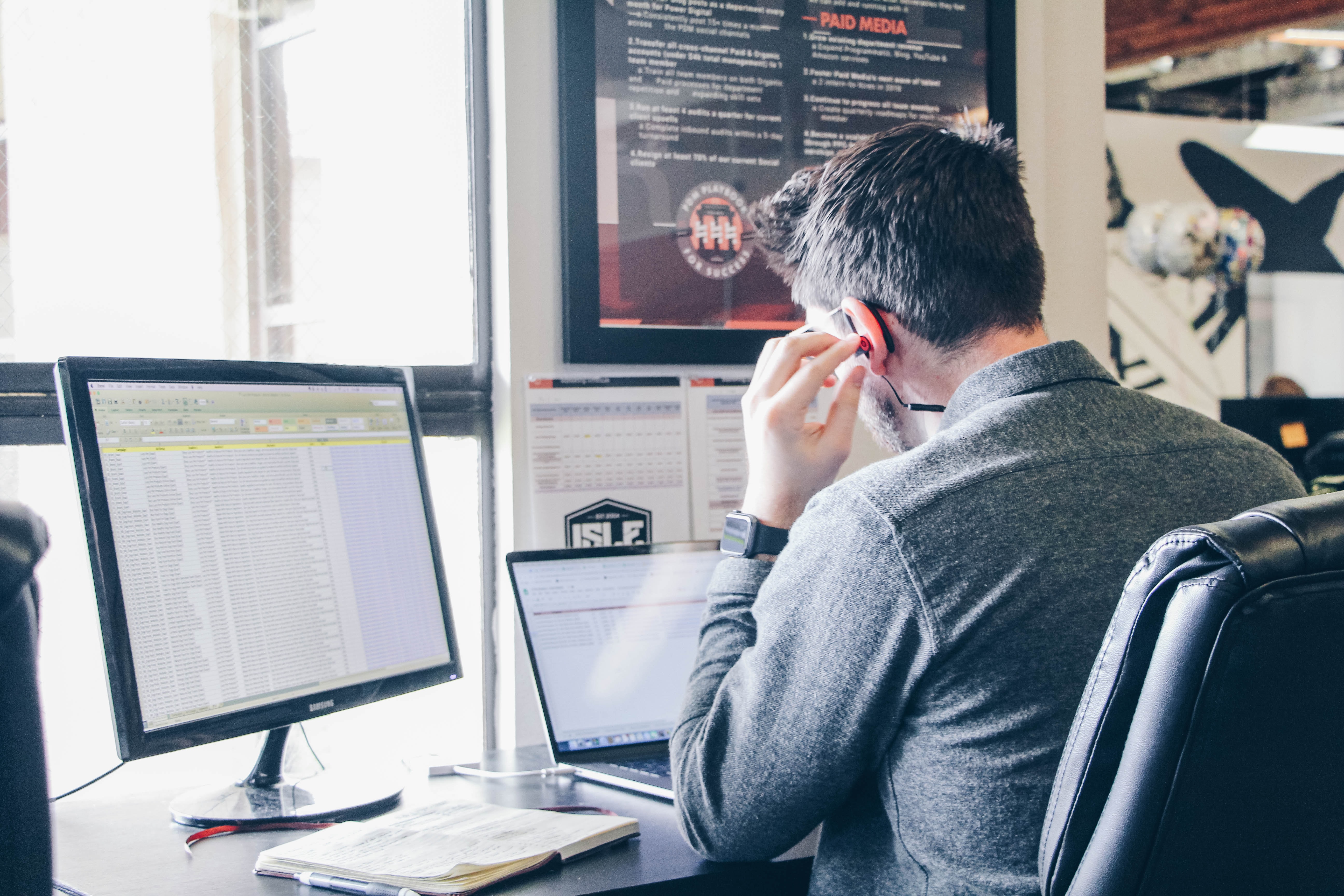
Scaling technology for SCADA
On the one hand, this is necessary because huge technological leaps have been made. Remco: “For example, the project at Hollandse Delta was the first project in which we made it possible to scale SCADA information to any kind of screen: laptop, tablet or smartphone. In the past you had to develop the software three times to make this possible. We’ve come up with scaling technology for SCADA that allows you to develop it only once and present it on any screen resolution.”
On the other hand, everything has to be rethought because the challenges in the Dutch Delta are in a completely different area than in Delfland. “The Delfland area is a greenhouse area that frequently experiences problems with large amounts of precipitation because the water cannot sink into the ground. If the water board knows about an expected long period of rainfall, they let the water run out of the ditches to be able to collect the rainwater. In the Hoeksche Waard and surroundings – the Hollandse Delta water board – precipitation is no problem at all, but salinisation is. Here you try to stop the salty seawater. This means that we can build on the previously developed architecture when automating the pumping stations, but the design of the system is completely different.”
Combination of technological knowledge and domain knowledge
Remco now has a lot of domain knowledge. That’s what makes his work so much fun, he says. “At Water & Infra you do much more than program. Together with the customer, you work out the problem down to the smallest level of detail and think about how you can use technology to tackle the challenges. So you’re really involved in making a translation from the real world into technology.”
It is challenging to use the latest techniques continuously, while at the same time you have to deal with a large number of old systems that have to be interconnected.
“SCADA is simply old technology, but it is a technique that you find everywhere in operational technology. At the same time, you have a lot of new technologies, such as the HoloLens, for example.
It’s fun to bring those worlds together. To think about how you can present the data from the SCADA systems in an innovative and interactive way. “
3D visualisation
“We recently built a PoC in which you can walk around in part of a water treatment system in 3D and see how the water flows through the various systems,” says Remco. “Someone can watch this remotely via his laptop. You can adjust all settings, remedy malfunctions, etc. Very cool.”
What makes it extra challenging is that Remco and his team already have to think about the fact that ICT Group often has to maintain a system for 15 years even while they are still developing the software. “So you have to look very far ahead, without knowing what the future will look like. When you build a library, you therefore take all future scenarios into account. In addition, the more difficult it is for us to design the software, the more difficult it is to maintain. So the trick is to build something that is very complex as simply as possible.”
Taking cyber threats into account
Another area in which developments are moving fast is cybersecurity. Nowadays, there are as many as 50 requirements in a specification that only relate to security. And that is necessary, says Remco. “For example, if a sewage treatment plant is shut down due to a ransomware attack, it will not be very long before no one in that area can go to the toilet anymore and before no more water comes out of the tap. Or take, for example, the Botlek bridge, for which I designed the automation as a member of a larger team. The majority of logistics transport movements from the port of Rotterdam pass over the bridge (road and rail) or just under the bridge (shipping). Any situation in which the bridge can’t open or close due to a malfunction or a hack immediately results in enormous damage. You’ve seen what kind of damage one stranded ship in the Suez Canal can cause. That’s also the case here, because the Botlek bridge is one of the most important connections from the port of Rotterdam to the hinterland.”
Like an escape room, but in a big way
Remco does not see this great impact of his work and the responsibilities that this entails as a burden. Instead, it’s a challenge. “You always work as a team, and because of the increased complexity, that team is getting bigger and bigger. That’s fun. You work together on a very big puzzle and have to think in a future-oriented manner. And you have to put that puzzle back together in every project.” Remco doesn’t have to go to an escape room in his spare time. “No, what you do in miniature in an escape room, I do all day long, but in a larger way and in the real world. That’s what makes my work so much fun and exciting.”
